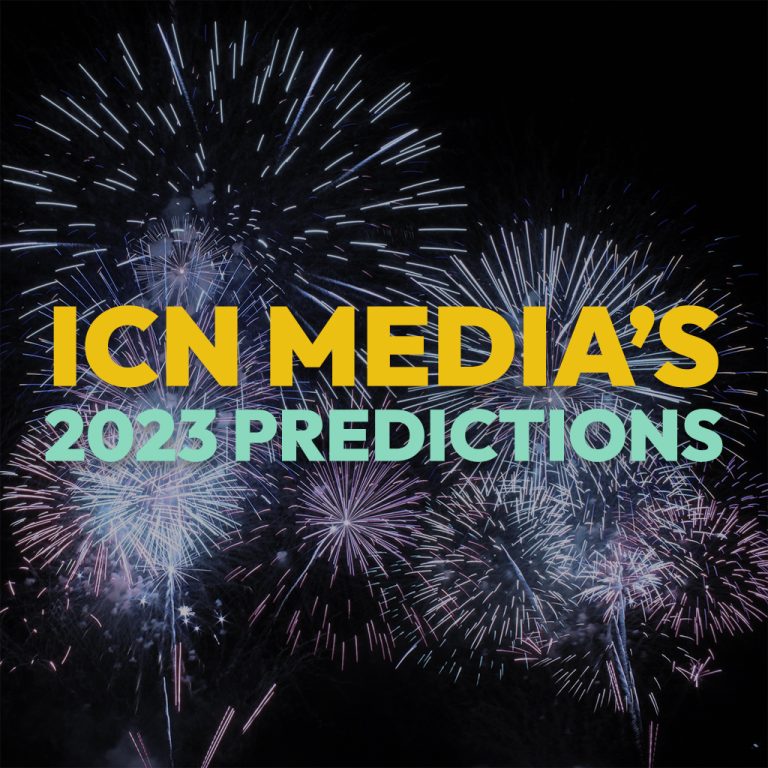The art of email marketing is all about developing relationships, building your brand in the eyes of potential customers, and making new connections. One of the best avenues to build trust and enable more personal communication with potential clients are email marketing campaigns. Taking the first step to find and contact customers directly rather than them finding you lets more people know about your business and what you offer.
But first, you have to know how to create a marketing message that builds a trustworthy character profile for your business. The best email marketing campaigns utilise effective, engaging communication to develop a relationship of trust with potential customers. Studies have found that 59% of consumers factor in this trust as a primary way they choose brands to purchase from.
In our previous Science of Email Marketing blog, we went over how to plan your campaign through a mathematical and precise approach to using and gathering data. Now, we explore the art and creativity involved in putting these pieces together in a way that appeals to your audience and develops a lasting customer relationship.
Your Guide to an Effective Email Campaign
Knowing When to Send Your Emails
Knowing when to send each email of your campaign can help you develop a tailored and personalised form of marketing for each recipient. In a ‘Drip Campaign’, of emails spread out over time with reminders and different content is important to keep your businesses at the top of your customers’ minds.
Each recipient will have a different open rate for each time of the day. Therefore, knowing your audience, analysing previous campaigns, and scheduling emails to send at certain times through an email marketing client can optimise the response to your emails. A B2B client may not follow up on emails sent late in the day until the next morning. At that point, your email may get buried in other work. Whereas if sent first thing in the morning, your content will be one of the first topics on a recipient’s mind, possibly leading to a larger number of recipients following up.
Top Marketing Tip: If you are targeting an international audience, don’t forget to take into account time zone differences!
Experimenting with Style and Design
Keeping a consistent style and tone throughout a multi-stage email campaign is another way to build a stable and recognisable brand. However, this needs to correspond to a) what your business does, b) the styling of other advertising and your website, and c) what potential customers expect from your type of business.
This is another area of email marketing where the commonly used tactic of a/b testing comes in handy. Small changes and tweaks to your design, use of images, and colour between email campaigns or between test groups provide data that is useful in choosing the ultimate style that customers engage with best.
For example, slick, professional styles with dark colours is often associated with B2B and technology companies. Whereas, brighter, more vibrant colours with more images and even emojis are preferred by B2C emails.
Even when using text-only emails instead of HTML design tools, style is important. You can experiment with paragraphing, sentence length, and bullet points to great effect. These techniques can help you stand out and make connections with your user base.
Getting Straight to the Point

When writing email copy, it is an easy mistake to forget the point you are trying to make. If flowery, or technical language is used too much, the true point and purpose of the email can get lost in the weeds.
While avoiding repetition is important, you should aim to keep coming back to the solution or service your business provides when introducing yourself to a new potential customer. Line breaks and subheadings that clearly state what you offer prevent customers from becoming disinterested and missing out on the benefits you aim to offer them.
Depending on your product or service, you will need to use a certain amount of technical language to promote what you do. Limiting overly technical or inaccessible terms is important to keep your readers’ attention and help them understand what it is you are offering. Improving responses from non-expert recipients requires a knowledge of whether a technical or sector-specific word needs to be used and when to define it in layman’s terms.
Finding the Best Email Marketing Tone
Creating an email copy should be a collaborative process. Consult with marketing experts and content writers with experience in grabbing hold of an audience to identify which tone works best for your business. As with any form of communication, setting the right introductory tone can be difficult, requiring trial and error. However, as you build your brand identity through practice the right tone for your business will emerge.
It can be difficult to find the right tone that achieves the balance between promoting your business and seeming accessible or friendly to the reader. When planning your campaign, put yourself in your audience’s shoes. Consider the tone you respond to in others’ emails, looking over competitors’ campaigns and previously successful campaigns of your own for common themes or language to use in your new campaign.
Demonstrate your Expertise
Business recipients for your B2B marketing emails often have limited time to read and compare many different emails offering similar services to yours. Therefore, you need to present what makes you and your offer stand out with a clear demonstration of your expertise.
Customer testimonies and data from past successes provide a level of trust to potential future customers. A short quote from a happy customer or a figure showing how you compare favourably to competitors can go a long way when recipients skim through their email inboxes.
Top Email Marketing Tips and Tricks
Time-Sensitive Deals- Harnessing FOMO

With the current economic system, the cost of products and services is more important than ever, and many customers will use this as the top priority when choosing the business they want to work with. If you offer competitive pricing or a bundle deal, ensuring that this is clear from the subject line and the text, is crucial to promote yourself above competitors.
Time-sensitive deals, that are only available for a limited period can be even more successful at engaging customers and getting fast responses when you want them. You should use this technique alongside demonstrating the real benefits of your service to add an element of urgency to get the best deal for a quality service.
By itself, a flash deal may not be enough to prompt a sale response, particularly for B2B marketing email campaigns. However, you can use this technique as an element of your wider business plan to receive a larger number of new client queries at a time when your team can best handle them, rather than during already busy periods.
Personalisation of Email Campaigns
You may want to personalise your email campaigns for a variety of reasons and in a variety of ways. Emails can use automation and behavioural email marketing tools to generate and adjust copy directly related to the recipient. Behavioural email generation tools can adapt follow-up emails to each recipient group, targeting shared characteristics and behaviours with specific language, offers, or services that are best suited to them.
A commonly used personalisation technique is to auto-generate the names of the recipients. You can bring a level fo familiarity adn trust to en email exchange simply by greeting them as an individual. Recipients’ responses to this may differ, but this can encourage some people to read the email as even if it is not truly personalised to them, their name provides a sense of individualisation.
If you are not looking to use these email marketing tools, a simple approach can also benefit your results. Direct address and personalisation of your business by using name and job title in your sign-off are effective techniques. This can make even large email campaigns seem like they are sent with a personal purpose to each recipient.

Latent Semantic Indexing – Emphasise your Message
A great way to take advantage of tone to benefit your end goal is the use of Latent Semantic Indexing or LSI keywords. When writing email copy, an email marker will likely draw on techniques from content marketing to keep the copy on message and maintain readability.
LSI keywords are a way to give one solid, singular impression of a piece of copy by including semantically similar keywords throughout. When reading this type of language, the recipient will more easily associate the email and your business with the topic or emotion you want to instill in them through subconsciously associating these words.
This is a great method to build your brand with long-term associations in the mind of your audience. This means that even if they do not respond immediately to your email, your business is more likely to come to mind when they think of the topic in the future.
What is the SQUID Email Marketing Tool?
Behind the most effective email marketing campaigns is a distribution and tracking method that helps every step of the way from planning to sending and evaluating the success of the campaign. ICN engineered the SQUID email marketing tool as a system designed to provide seamless and precise management to any email campaign.
When combined with the SQUID Digital Marketing Performance Tool plugin, you can identify which of your users came from which marketing campaign so you can more effectively budget campaigns to get the most from your marketing.
For more information and next steps, fill in our ‘Work with Us’ form, or contact the ICN team at +44 (0)115 8244 448 or gb@icn-apps.com.
Sources and further Marketing Email Tip Guides:
- Discount & Promotional Email Examples – Mail Charts
- “Sales-speak” – 6 words and phrases to avoid like the plague… – Gareth Wade (2015)
- How long should a marketing campaign last? – Dean Dallman for Red-Fern (2019)
- How to Create a Marketing Message – Full Scale (2020)
- 10 Cost-Effective Email Marketing Examples – Clodagh O’Brien for DMI (2022)
- What is Behavioral Email and How to Get Started With it? – Express Pigeon (2023)
- How Branding Influences Purchase Decisions – Khalid Saleh for Invesp (2023)
- What Are LSI Keywords & Why They Don‘t Matter – Rachel Handley for SemRush (2023)
Blog by ICN’s SEO Analyst & Content Creator Gemma Gibson


